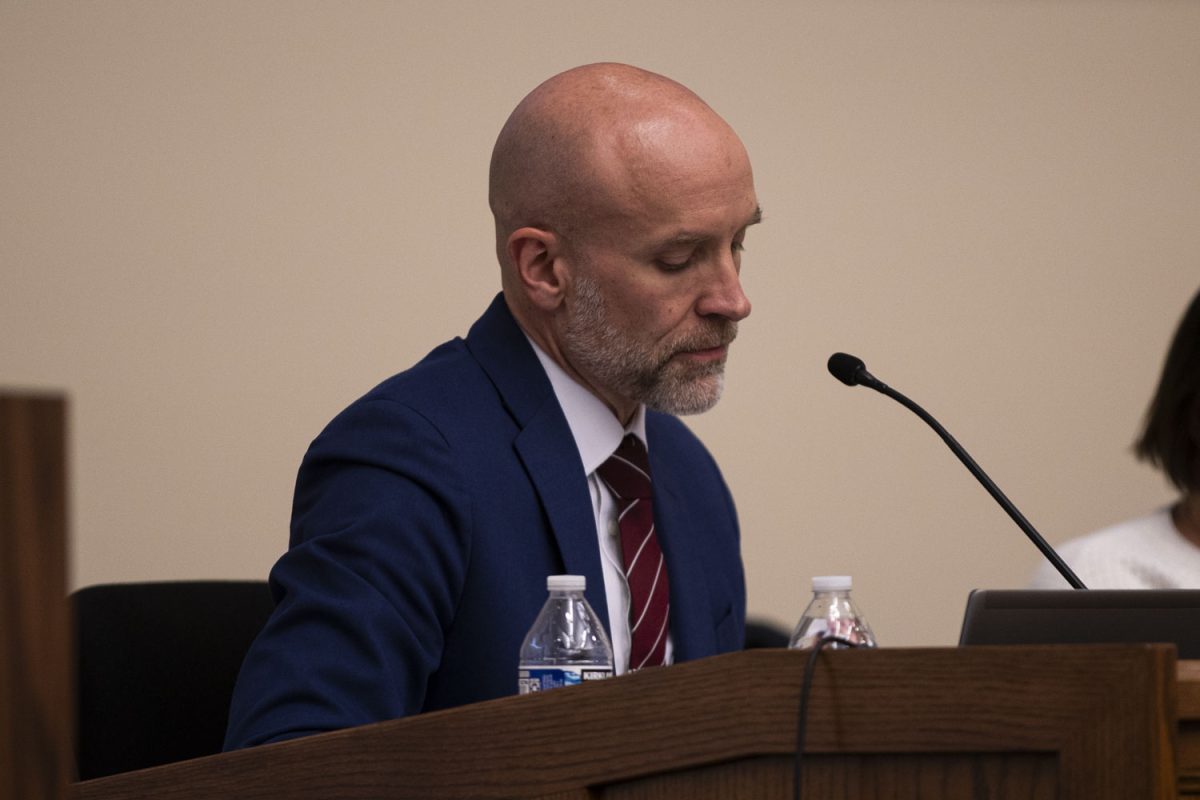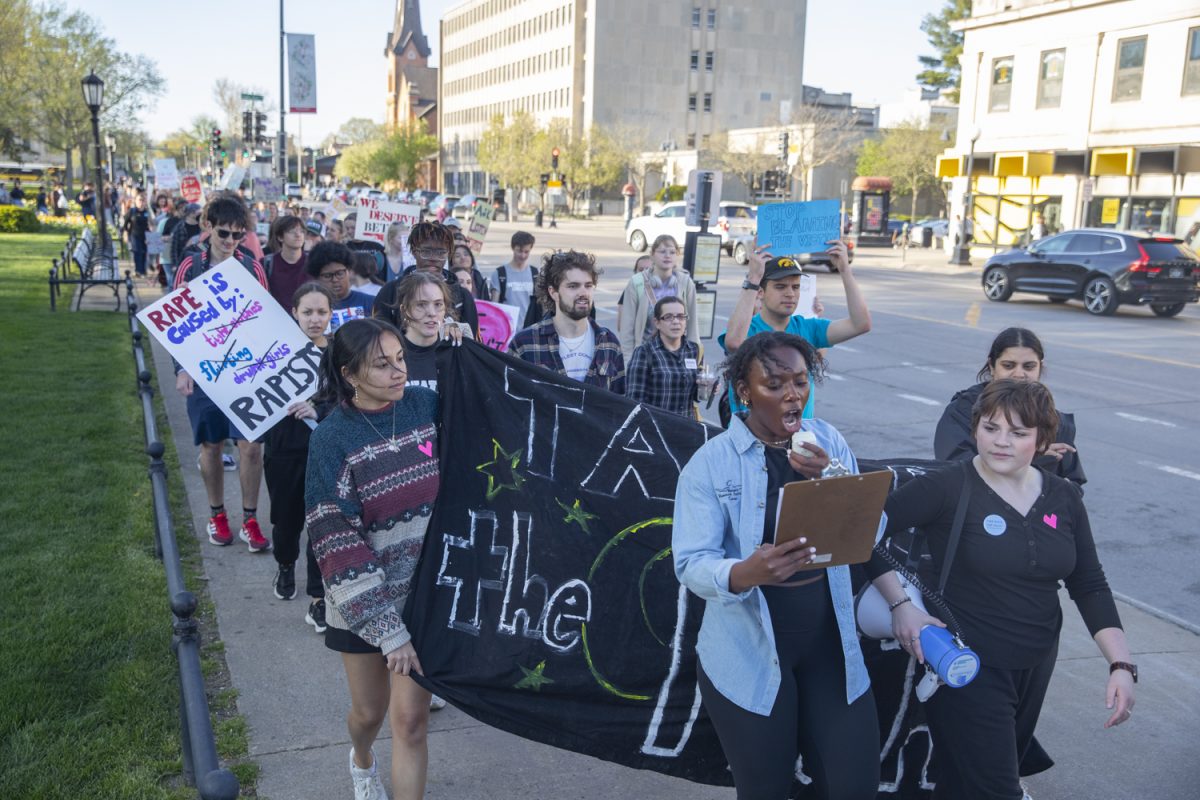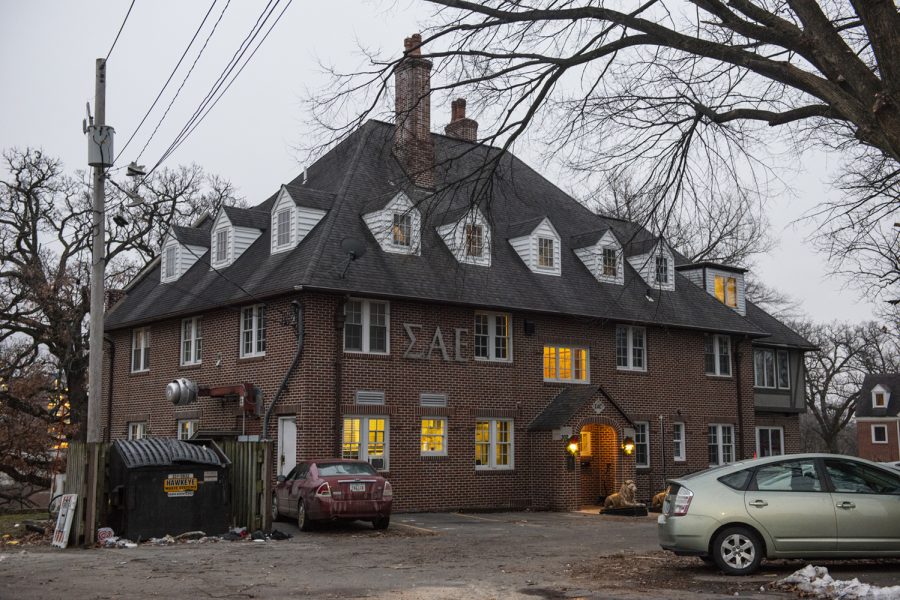In any given year, there’s a 0.2 percent chance that a flood of last year’s magnitude will affect the Iowa City area.
Still, the Iowa City public-safety departments — some of which saw delays in their emergency-response times because of flood-related road and bridge closures — aren’t taking any chances.
With a new station in place and experience in mind, fire officials said they are better able to respond to emergency calls in the event of another flood.
“We certainly can’t control Mother Nature, but we try to figure out what worked really well and what didn’t work well, and why, and what are possible solutions for us to work through,” said Iowa City Fire Chief Andy Rocca.
Last year, a number of water-logged roadways — particularly Dubuque Street — caused problems for the department.
“When you lose those kinds of links, emergency response times really start to increase significantly,” Rocca said, though exact figures were not immediately available.
He noted day-to-day changes in river levels complicated matters, forcing officials to continually re-evaluate routes.
The longer and more congested routes could be onerous — and dangerous — in terms of emergency medical response, though emergency personnel saw no significant consequences.
“Time is the enemy, and a fire unchecked — under the right circumstances — will intensify,” Iowa City Fire Marshal John Grier said.
The completion of Fire Station 2 and several other factors could make delays less of an issue in future disasters, officials said.
Though the department was able to serve the community from its “cramped” temporary site at 1200 S. Riverside Drive last year, Rocca said the more centrally located permanent site at 301 Emerald St. is a welcome improvement.
“The department is much better prepared to deliver emergency services to the community should a flood event occur that divides the community in half,” he said.
Fire officials laud the possibility of constructing a fourth fire station on Iowa City’s North Side, linking the East and West Sides of the city via Interstate 80.
“As long as we have the ability to go back and forth, that’s going to give us a good network of arterial streets to provide emergency services on,” Rocca said.
With the city split in half last summer, officials increased the number of emergency personnel on both sides of the Iowa River.
Like the Fire Department, the Johnson County Ambulance Service saw no significant consequences due to delays, though EMS officials said they had few problems to begin with.
“We were pretty fortunate that we didn’t have any calls that were in areas that were difficult to get to,” said Steve Spenler, director of Johnson County Ambulance Service. “We were just lucky.”
Emergency responders are also looking at improvements to transportation routes themselves. Using local-option sales tax money, city officials have considered elevating Dubuque Street, which Rocca described as “arterial” because of its heavy traffic in and out of the city. City officials have also pondered renovating the Park Road bridge.
“It’ll make a huge difference,” Iowa City Mayor Regenia Bailey said; officials estimate the project would cost nearly $32 million.
But even before those projects begin, Rocca said, he believes his department is better off now than it was one year ago, especially with the bigger and more centrally located Fire Station 2.
“I hope we never experience those flows again on the river,” he said. “But should we, I think we have improved the city’s position to provide emergency services.”






